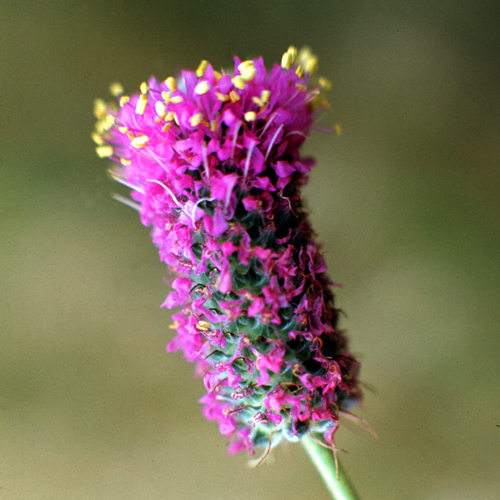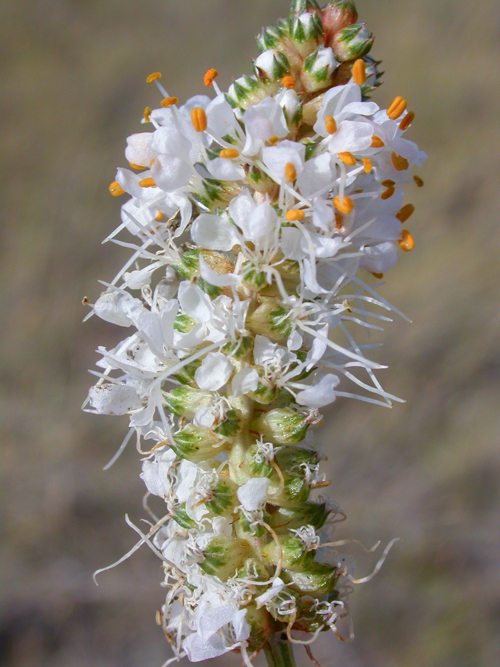The expedition continues up the Missouri River passing Water-which-Cries and Waubonsie creeks along the present Nebraska and Iowa border. Because their lead hunter Drouillard is sick, Sgt. Pryor and Pvt. Joseph Field hunt on shore this day. Lewis collects specimens of purple prairie clover and white prairie clover.
A Large Yellow Wolf
by Yellowstone Public Radio[1]Originally aired weekdays by Yellowstone Public Radio during the Bicentennial observance of 2003-2006. Narrated by Hal Hansen. Scripts by Whit Hansen and Ed Jacobson. Produced by Leni Holliman. © … Continue reading
Bratton’s Morning Swim
Bratten [Bratton] Swam the river to get his gun & Clothes left last night psd a large willow Isd. on the L. S.
—William Clark
Passing Water-which-Cries
passed he mouth of a Creek on the South Side Called Crys Creek it is about 35 yards wide it Comes in above Clifts oppset a willow Isd. at this Clift thare is a fine Spring on the top of this Hill is oppen prarie passed a Creek on the N. Side Called Piggen Creek
—Charles Floyd
Prairie Fire Cycle
The Soil of Those Praries appears rich but much Parched with the frequent fires—
—William Clark
Health Report
It is wothey of observation to mention that our party has been much healthier on the Voyage than parties of the Same Number is in any other Situation Tumers have been troublesom to them all
George Drewyer Sick
—William Clark
Evening Camp
From this evenings incampment a man may walk to the [Pawnee] Village on the S bank of the Platt [Platte] River in two days, and to the Otteaus [Otoes] in one day all those Indians are Situated on the South bank of the Plate River, as those Indians are now out in the praries following & Hunting the buffalow, I fear we will not See them.
—William Clark
Lost Specimen No. 15
No. 15. Was taken on the 20th of July, a pieniel plant, an inhabitant of the open praries or plains, high situations, where the grass is low . . . . it grows abot 2½ or three feet high— it is a stranger to me.—
—Meriwether Lewis
Moulton identifies this lost specimen, received by John Vaughn in 1805 (see The Donation Book), as Dalea purpurea (Petalostemon purpureum (Vent.) Rydb.), Purple Prairie Clover.[3]Gary E. Moulton, ed. Journals, “Fort Mandan Miscellany”, vol 3:456, 467.
Lost Specimen No. 16
No. 16. this is much the same as No. 15 with this difference that the blume of the conic tausel are white in stead of purple and it’s leaves single fewer and longer—
—Meriwether Lewis
Moulton identifies this lost specimen, received by John Vaughn in 1805, as Dalea candida (Petalostemon candidum (Willd.) Michx.), White Prairie Clover.[4]Ibid., vol 3:456, 468.
Notes
| ↑1 | Originally aired weekdays by Yellowstone Public Radio during the Bicentennial observance of 2003-2006. Narrated by Hal Hansen. Scripts by Whit Hansen and Ed Jacobson. Produced by Leni Holliman. © 2003 by Yellowstone Public Radio. |
|---|---|
| ↑2 | William Bright, Native American Placenames of the United States (Norman: University of Oklahoma Press, 2004), 537. |
| ↑3 | Gary E. Moulton, ed. Journals, “Fort Mandan Miscellany”, vol 3:456, 467. |
| ↑4 | Ibid., vol 3:456, 468. |


